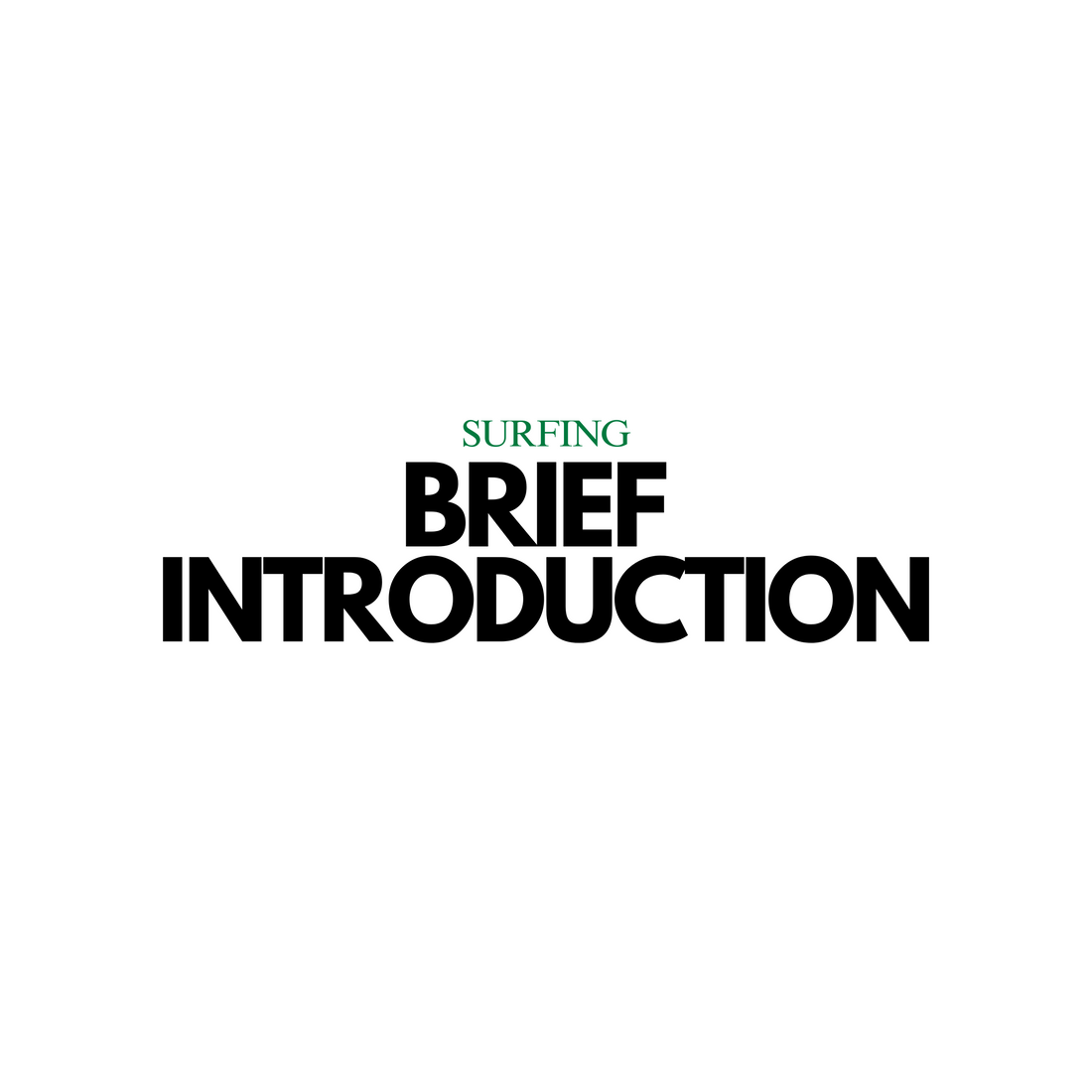
Surfing: A Brief Introduction
Share
More than just a sport, surfing is a lifestyle and a cultural movement. With deep historical roots, it represents freedom, physical endurance, and a powerful connection to the natural world.
______________________________________________________________________________________________________
Surfing is a water sport in which individuals ride on the forward face of moving waves using a surfboard, typically in the ocean. Surfing offers a rare harmony between sport and nature, where athletes ride waves formed by the forces of the ocean. Its blend of adventure, serenity, and challenge has made it a global phenomenon.
History of Surfing
A. Ancient Origins
-
Surfing began over a thousand years ago in Polynesia.
-
In Hawaii, surfing (called heʻe nalu) was deeply embedded in spiritual and social life.
-
Chiefs and commoners surfed, but board size and wave rights were often based on social rank.
B. Western Discovery and Spread
-
In the early 20th century, Western travelers and writers discovered surfing in Hawaii.
-
Duke Kahanamoku, an Olympic swimmer and Hawaiian native, introduced surfing to places like California and Australia, earning the title "father of modern surfing."
C. Modern Surfing
-
In the 1950s to 1970s, surfing culture exploded, especially in California and Australia.
-
Innovations in board design, surf magazines, and surf films (like The Endless Summer) helped it go global.
-
Surfing evolved into a professional sport with organized competitions and a thriving industry.
